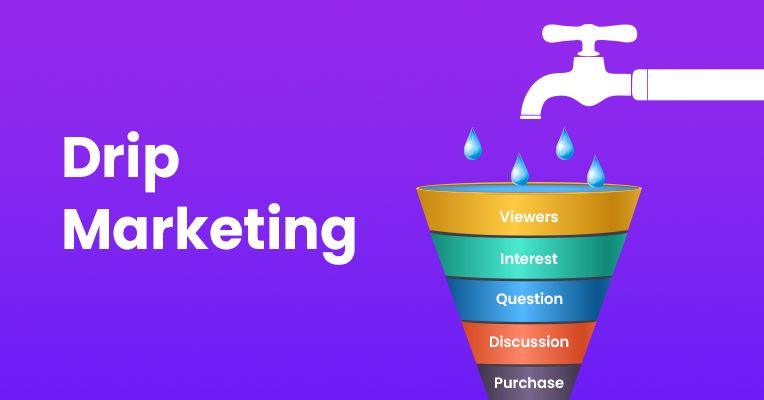A/B testing and optimization stand as pillars in the world of drip campaigns, offering marketers the tools to refine and enhance elements for maximum impact. Through running A/B tests and analyzing key performance metrics, such as open rates and click-through rates, marketers can unlock valuable insights to fine-tune their drip campaigns. Let’s delve into the art of leveraging A/B testing and optimizing key metrics to elevate your campaign strategy.
